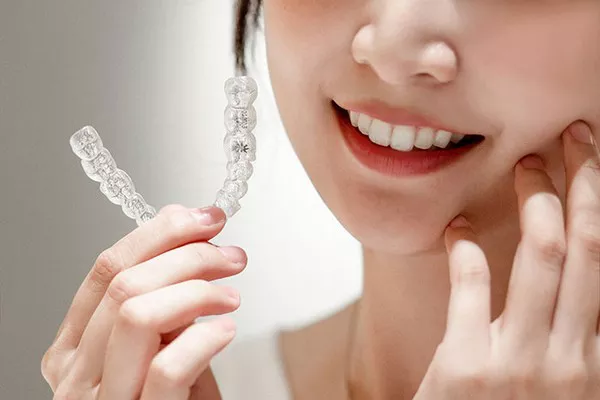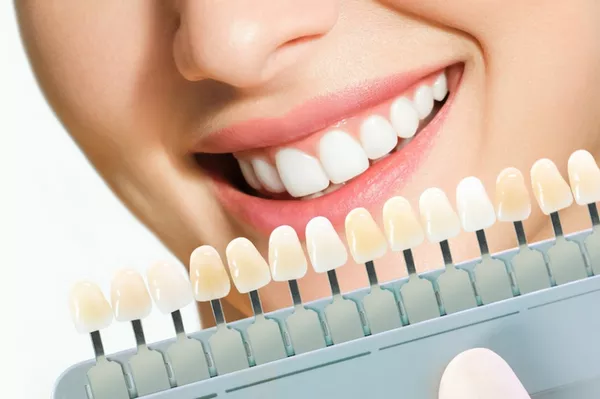Orthodontic braces are a common and effective solution for aligning teeth and achieving a straight, beautiful smile. These braces consist of brackets attached to your teeth, connected by wires and bands. While orthodontic treatment can yield fantastic results, it’s not uncommon for the brackets on your braces to become unglued or detached during the course of treatment. In this article, we will explore the reasons behind bracket detachment, what to do if it happens, and how it can affect your orthodontic journey.
Understanding Orthodontic Braces
Orthodontic braces are designed to gradually move your teeth into their desired positions. The key components of braces include:
Brackets: These are small, square-shaped attachments made from metal, ceramic, or other materials. Brackets are bonded to the front surface of your teeth.
Wires: Wires run through the brackets and exert pressure on your teeth, guiding them into the desired alignment.
Bands: Bands are metal rings that secure the brackets to your teeth. They are typically placed around the back molars.
Elastics: Elastics or rubber bands connect various parts of the braces to create the necessary force for tooth movement.
Reasons for Bracket Detachment
Bracket detachment is a relatively common issue during orthodontic treatment. Several factors can contribute to brackets coming unglued:
1. Normal Wear and Tear
The forces applied by braces can be significant, causing brackets to detach due to normal wear and tear over time.
2. Sticky Foods
Consuming sticky or hard foods that can dislodge brackets is a common cause of detachment. These foods include chewing gum, caramel, and hard candies.
3. Trauma or Injury
Accidents, falls, or trauma to the mouth can lead to bracket detachment. It’s essential to wear a mouthguard during activities that carry a risk of injury, such as sports.
4. Incorrect Diet
Certain dietary choices can increase the likelihood of bracket detachment. For instance, biting into hard objects like ice or using your teeth to open packages can damage braces.
5. Poor Oral Hygiene
Inadequate oral hygiene can result in the accumulation of food particles and plaque around brackets, weakening the adhesive bond and increasing the risk of detachment.
6. Tooth Movement
As your teeth shift and move during treatment, brackets may need to be repositioned or replaced to accommodate these changes.
What to Do If a Bracket Detaches
If a bracket becomes unglued or detached from your tooth, it’s essential to take the following steps:
1. Contact Your Orthodontist
Notify your orthodontist as soon as possible. They will provide guidance on whether an immediate appointment is necessary or if the issue can wait until your next scheduled visit.
2. Save the Bracket
If the bracket remains intact, save it and bring it to your orthodontic appointment. In some cases, the orthodontist may be able to reattach the same bracket.
3. Avoid Manipulating the Bracket
Avoid trying to reattach the bracket yourself. Improper handling or adhesive use can lead to further complications.
4. Maintain Good Oral Hygiene
Continue to practice good oral hygiene by brushing and flossing regularly. Pay extra attention to the area around the detached bracket to prevent plaque buildup.
5. Follow Orthodontist’s Advice
Follow any specific instructions provided by your orthodontist, such as adjusting your elastics or taking over-the-counter pain relievers if necessary.
Effects on Orthodontic Treatment
Bracket detachment can have several effects on your orthodontic treatment:
1. Delayed Progress
Each time a bracket becomes unglued and needs reattachment, it can potentially slow down the progress of your treatment. This means that your treatment may take longer to complete.
2. Discomfort
A loose bracket can cause discomfort or irritation in your mouth, especially if it rubs against your cheeks or lips.
3. Altered Tooth Movement
Bracket detachment can disrupt the planned movement of your teeth. Your orthodontist will need to make adjustments to ensure the treatment continues as intended.
4. Treatment Outcome
While bracket detachment is a common occurrence, it should not significantly impact the final outcome of your orthodontic treatment. Your orthodontist is experienced in managing such situations and will work to ensure that your teeth eventually reach their desired positions.
Preventing Bracket Detachment
While some bracket detachment is inevitable, you can take steps to minimize the risk:
Follow Dietary Guidelines: Avoid sticky, hard, or crunchy foods that can damage brackets.
Use Orthodontic Wax: If a bracket becomes loose and causes irritation, you can use orthodontic wax to create a temporary buffer.
Wear a Mouthguard: If you participate in sports or activities that pose a risk of injury to your mouth, wear a mouthguard to protect your braces.
Practice Good Oral Hygiene: Regularly clean around your brackets and wires to prevent plaque buildup.
Attend Regular Check-Ups: Stick to your scheduled orthodontic appointments for adjustments and maintenance.
Conclusion
Bracket detachment is a common occurrence during orthodontic treatment and can result from various factors. While it can lead to temporary discomfort and potential treatment delays, it is a manageable issue. By promptly contacting your orthodontist and following their guidance, you can address bracket detachment effectively and continue your journey toward achieving a beautifully aligned smile. Remember to take preventive measures to minimize the risk of future bracket detachment and ensure a smoother orthodontic experience.
Topics:
































